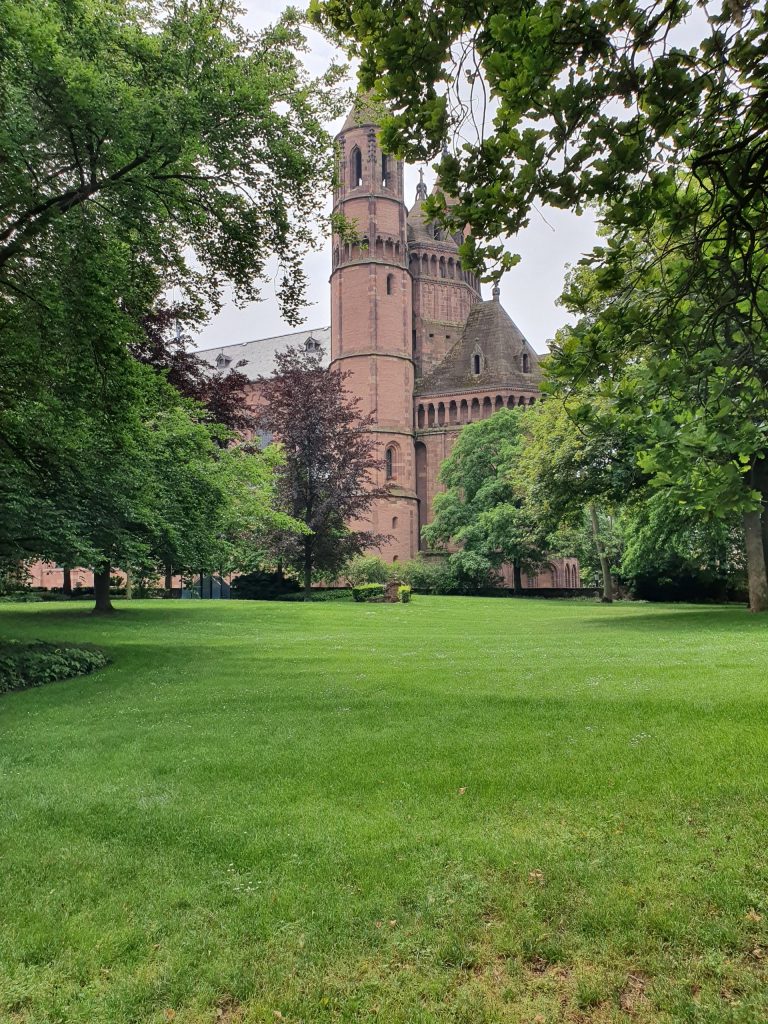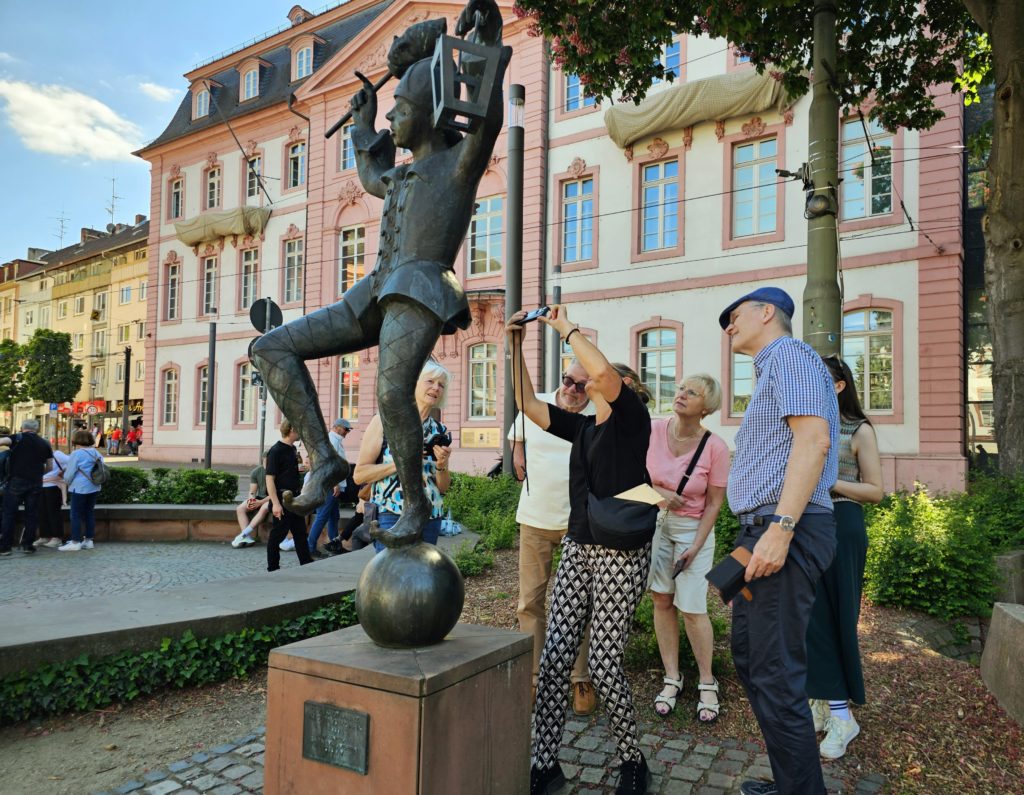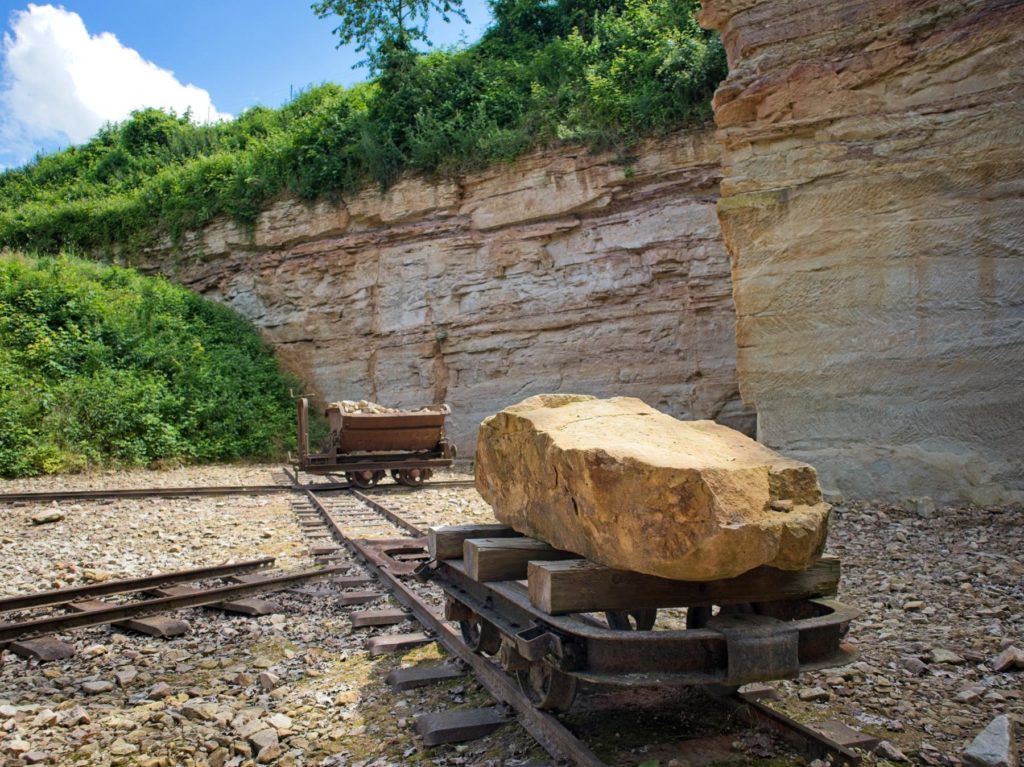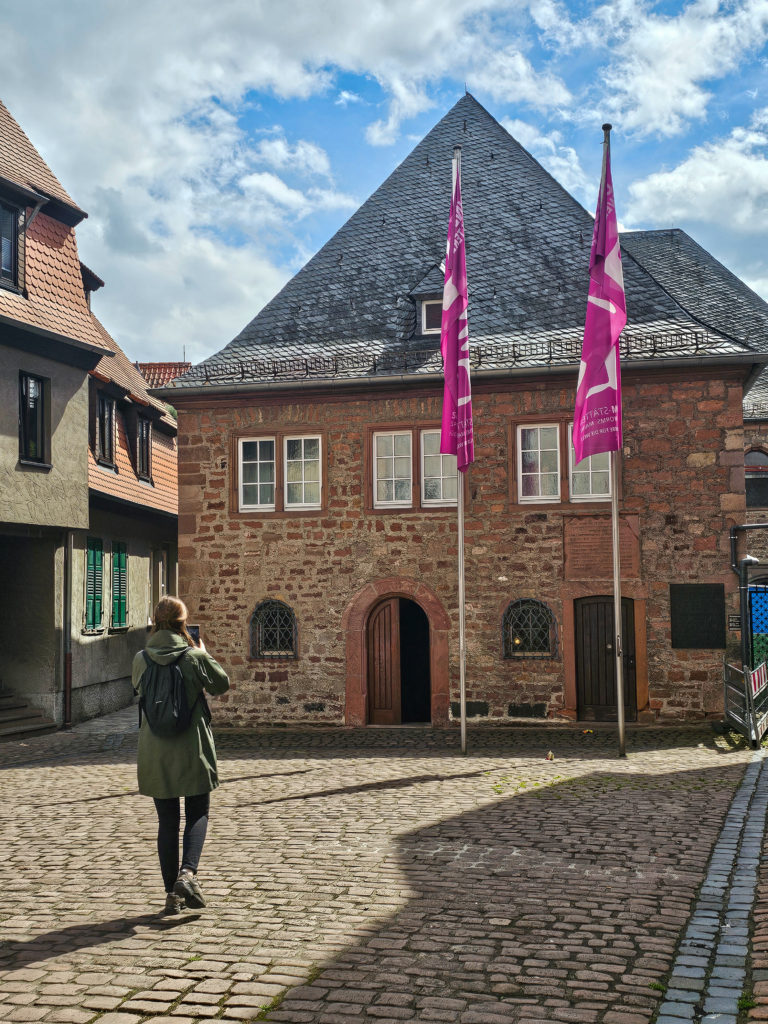On April 16, 1521, Martin Luther arrived in the Rhine-Hesse metropolis after a 14-day journey from Wittenberg to Worms. Luther had responded to a summons from Emperor Charles V. The emperor had summoned the monk to the Diet of Worms. The reason: Luther was to recant his writings in which he strongly criticized the conditions of the church. Luther's famous quote - put in his mouth - "Here I stand and can do no other, God help me, Amen," describes how he refuses to recant his writings before the Diet. The Reformation then continued to roll.
Walk in Luther's footsteps in Worms
The city celebrated the 500th anniversary of its rejection of the Reformation in 2021 with numerous program items. The 500th anniversary of the Reformation was already celebrated across Germany around Reformation Day in 2017. For on October 31, 1517, Martin Luther published his 95 theses.
Curious about how Luther's story can still be (re)experienced in Worms today, I sign up for a historical Luther tour. Shortly afterwards, I meet Ursula Hoffmann in Worms. The tour guide and her colleagues have been offering Luther tours in the city center since 2017. The tours can be booked via the Tourist Information in Worms.
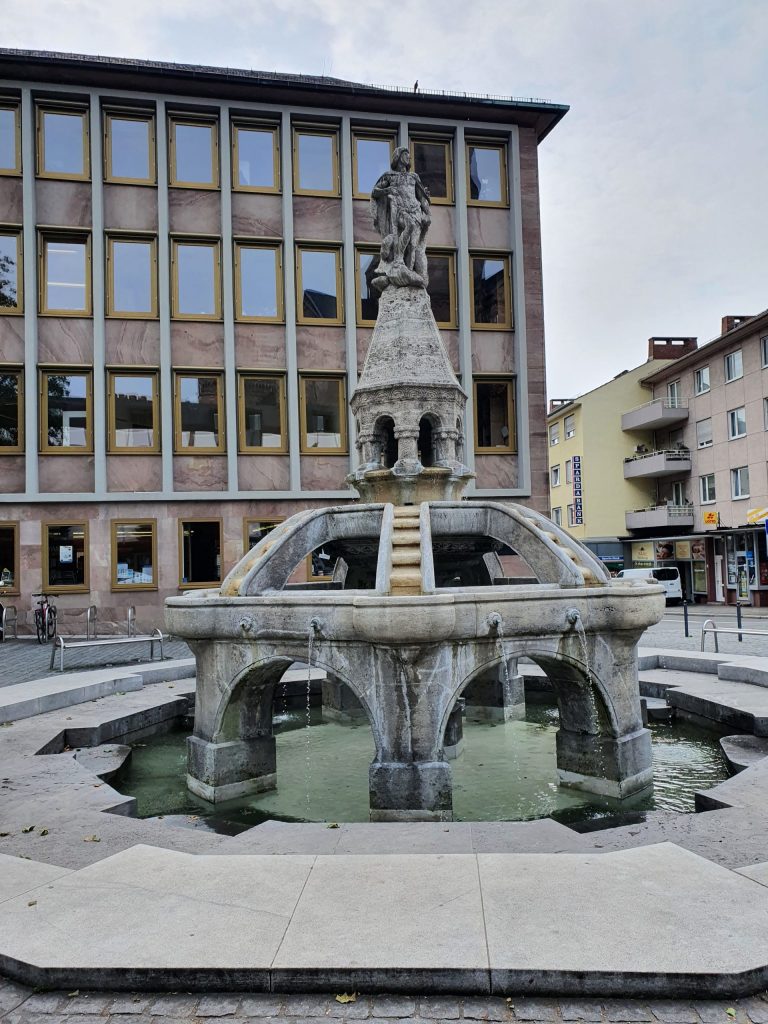
Starting point is the Siegfried Fountain
We meet on Siegfried Fountain. The fountain reminds us of the Nibelungen saga and thus of a time long before Luther's visit to Worms. It stands in front of the city library and that is exactly where we are drawn to first. Before its destruction in the Second World War, this was the site of the House to the Mint. At that time, the building complex consisted of three parts and was decorated with elaborate inscriptions and paintings as well as a row of arcades. The building developed in the Middle Ages for the citizens of Worms to a kind of symbol of the imperial city freedom and a kind of antithesis to the opposite cathedral. "When the Bishop of Worms Johann von Dalberg XX, for example, had the cloister in the cathedral renovated, the councilors countered and embellished the facade of the Mint House," says Ursula Hoffmann, describing the significance of the Mint House in the tense relationship between the church and the citizens.

Trinity Church is built in built in honor of the reformer
Not only the city library stands on the site of the former Mint House, but also the Reformation Memorial Church of the Holy Trinity. The Baroque church was built there between 1709 and 1725 because the people of Worms assumed that Luther had refused to recant his writings before the emperor at this location in 1521. In fact, however, the hearing took place in the Bishop's Court (today's Park of the Heylshof) next to the cathedral takes place.
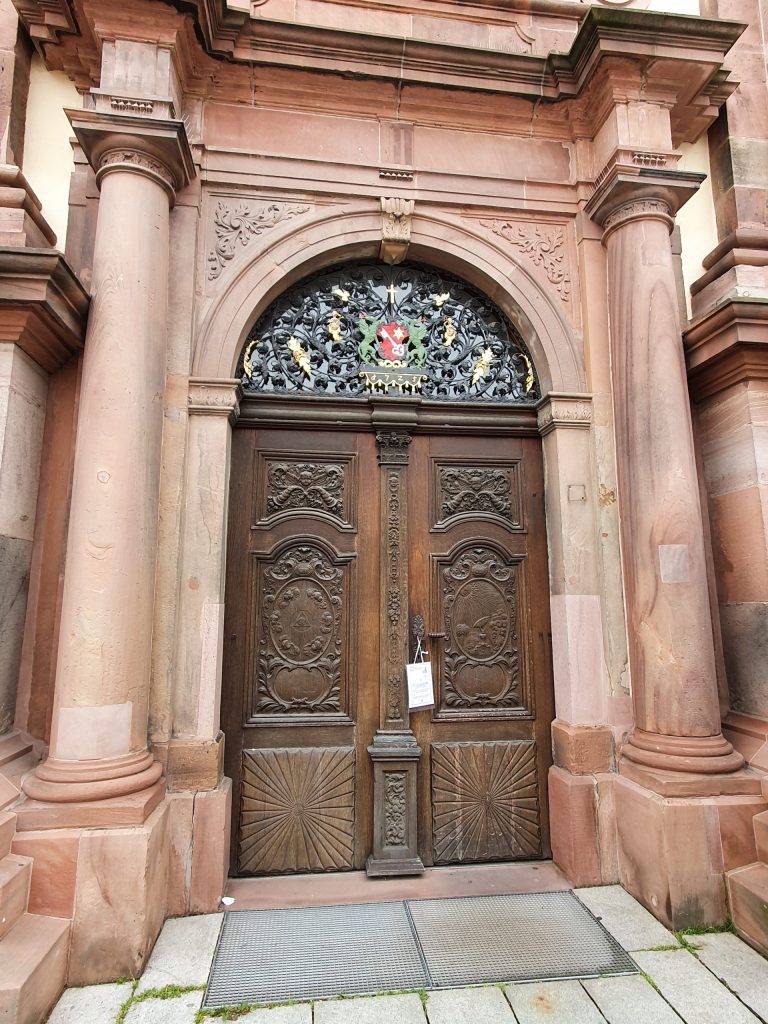
During air raid, the Holy Trinity Church burned down completely and was rebuilt until 1959 rebuilt with donations. "In only 20 minutes the bombs destroyed almost everything that people had painstakingly built in 16 years," Ursula Hoffmann to consider. "The door remained, miraculously, intact during the bombing on February 21, 1945, completely unscathed," she relates. Even the outer walls could be rebuilt after the war. Unfortunately, this was not possible Unfortunately, this was not possible on the inside. style of the post-war period.
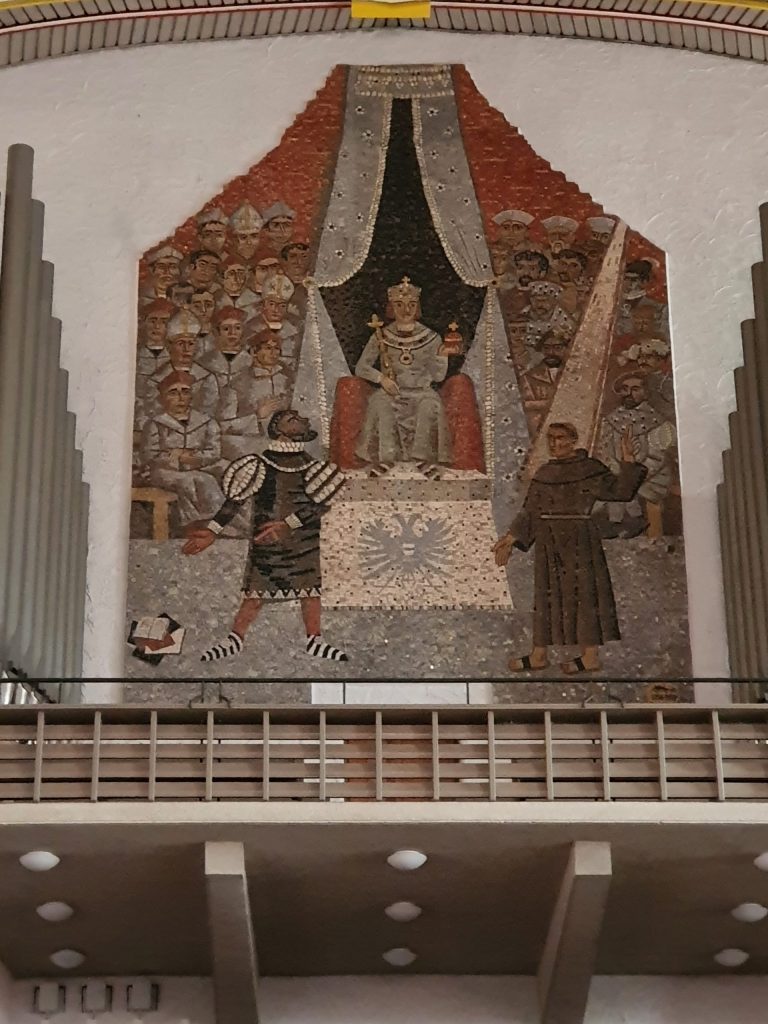
In Luther's footsteps through the city center
Our path leads us further in the direction of the pedestrian zone. We pass the Vannini ice cream parlor, which - as Ursula Hoffmann tells me on the sidelines - has given the reformer a special ice cream parlor for his 500th anniversary. Ice cream creation dedicates.
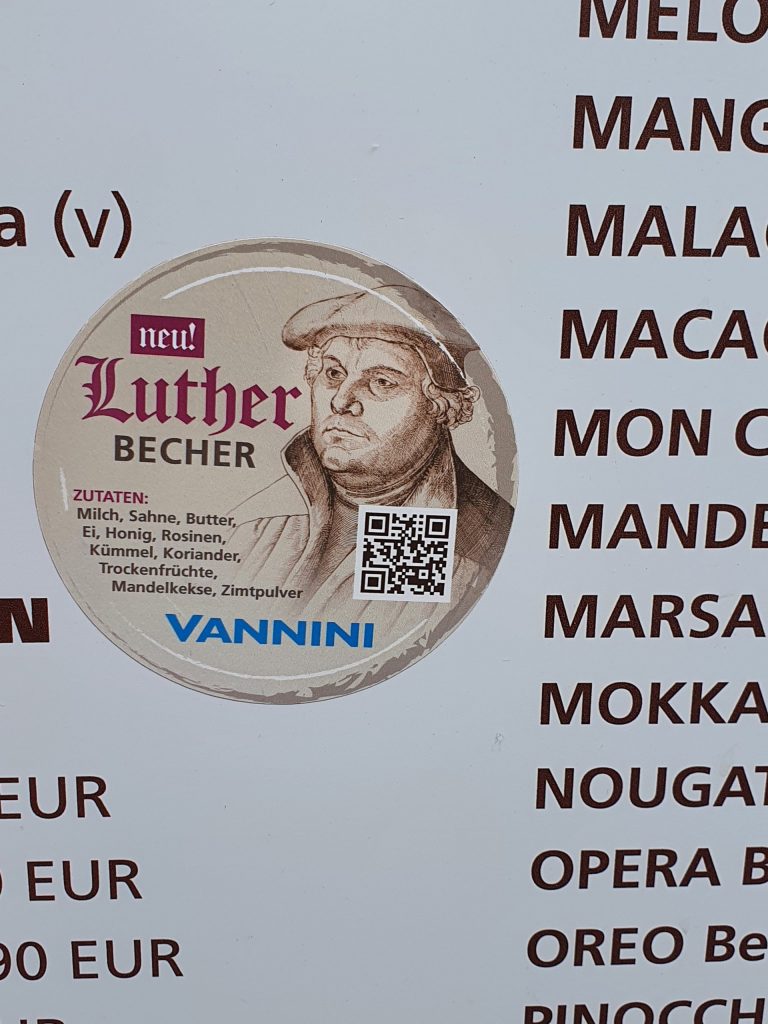
Arrived in the pedestrian zone, Ursula Hoffmann describes the street market that was located here at that time. was located: "Many travelers passed through it on their way from Mainz to Speyer. And Luther also came this way from Wittenberg to Worms. He traveled in a in a so-called Kobelwagen (horse-drawn carriage) and after his two-week journey was journey on April 16, 1521, by numerous curious citizens in Worms."
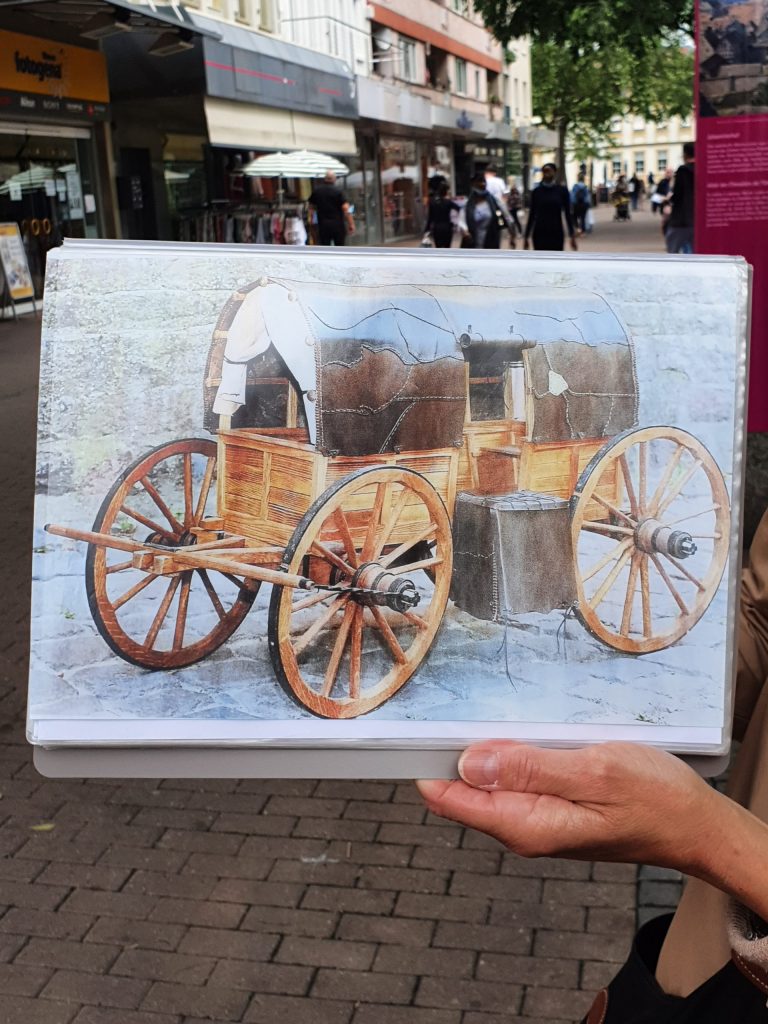
In the Johanniterhof Luther has to share his room
During his stay of just under 10 days in Worms, Luther stayed overnight in the Johanniterhof. "He had to share his room with two other guests at the time because there were so many guests in town due to the planned Reichstag," explains Ursula Hoffmann. In addition to Luther, councillors of the Elector of Saxony also resided in the Johanniterhof. The Saxon Elector Friedrich III was Luther's sovereign and his protector. Today, at Hardtgasse 2-4, where the Johanniterhof stood at the time, only a bronze plaque in front of a bank branch commemorates the reformer's hostel.

Reformation monument is one of the largest Luther memorials in the world
On the way to the Reformation Monument we come to the Obermarkt with its Wormser Wheel of Fate over. Artist Gustav Nonnenmacher depicted significant historical events as well as customs and traditions of the city in the rotating bronze sculpture from 1986, including Luther's appearance in Worms.
Only a few steps away from the wheel of fate, lies the Luther Square with the famous Reformation Monument. In the middle of the monument, designed as a square by artist Ernst Rietschel, stands a statue of Martin Luther. The reformer holds his fist on the Bible and directs his gaze to the Bishop's Park. "Luther stands surrounded by his forerunners and supporters, including princes and scholars," explains Ursula Hoffmann. Among others, the statues of the reformer Jan Hus and of the Elector Frederick the Wise are depicted here. "The Worms Reformation Monument is one of the largest in the world, along with the one in Geneva, and was financed in the 19th century by donations from all over the world," Ursula Hoffmann reports. "When it was finally dedicated in 1868, the people of Worms celebrated for a whole three days."
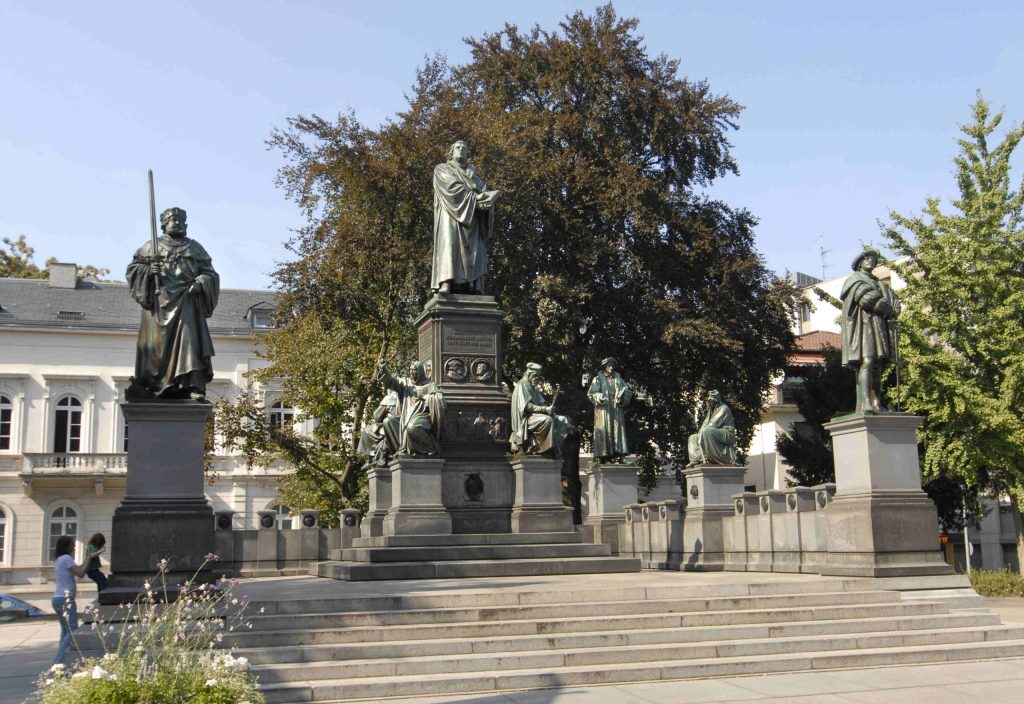
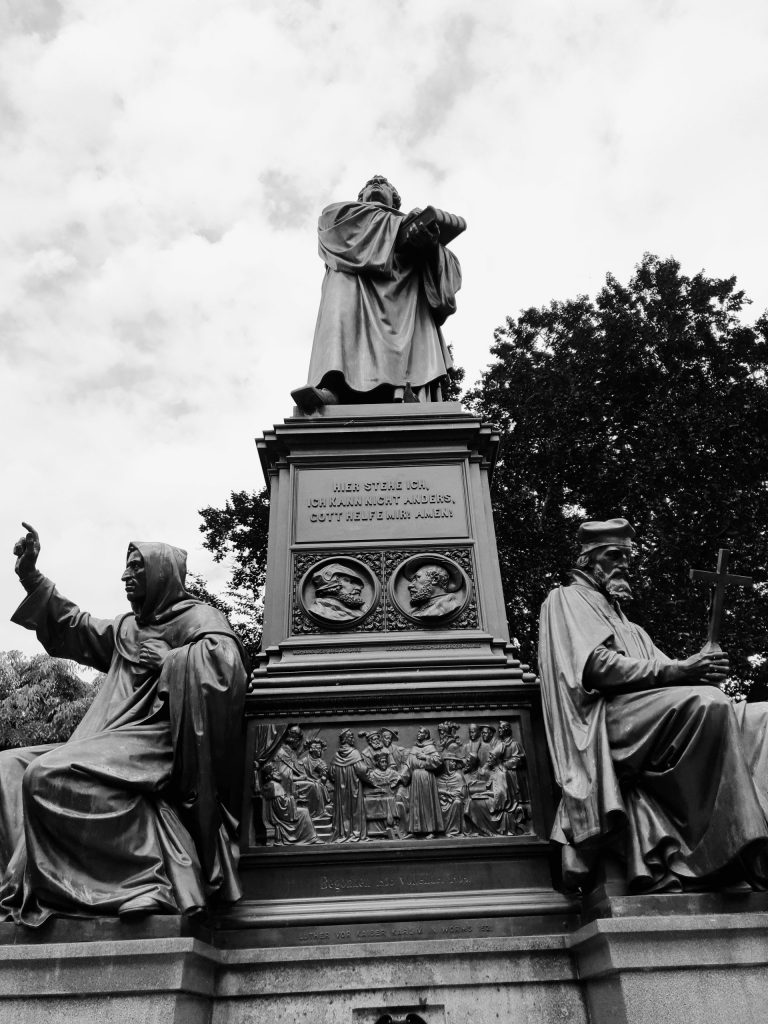
Installations in Heylshof Park commemorate of Luther's protest
The last stop on our tour takes us to the Heylshof Park in front of the Worms Cathedral. Where there is now a beautiful green area, there used to be the bishop's court. It was at this place that Luther's hearing before Emperor Charles V took place on April 17 and 18, 1521. In 1689, the building adjacent to the cathedral was destroyed during the War of the Palatinate Succession.
Nowadays reminds, among others, the bronze sculpture "The big shoes" from 2017 to Luther's protest. They are placed in front of a relief - also made of bronze - with the view of the bishop's court. The view dates from 1971 and, like the wheel of fate, was made by the Worms artist Gustav Nonnenmacher.
In order to bring Luther's situation 500 years ago to life, the city of Worms has also already created a Adventure course created. Two installations of the course are located in Heylshof Park. "I personally like the listening experience 'Think SpaceIt's particularly good," reveals Ursula Hoffmann. "You stroll through the park and set off motion detectors as you go. These are linked to loudspeakers from which you can hear thoughts that Martin Luther might have had on the night of the day he refused to recant," explains the tour guide.

